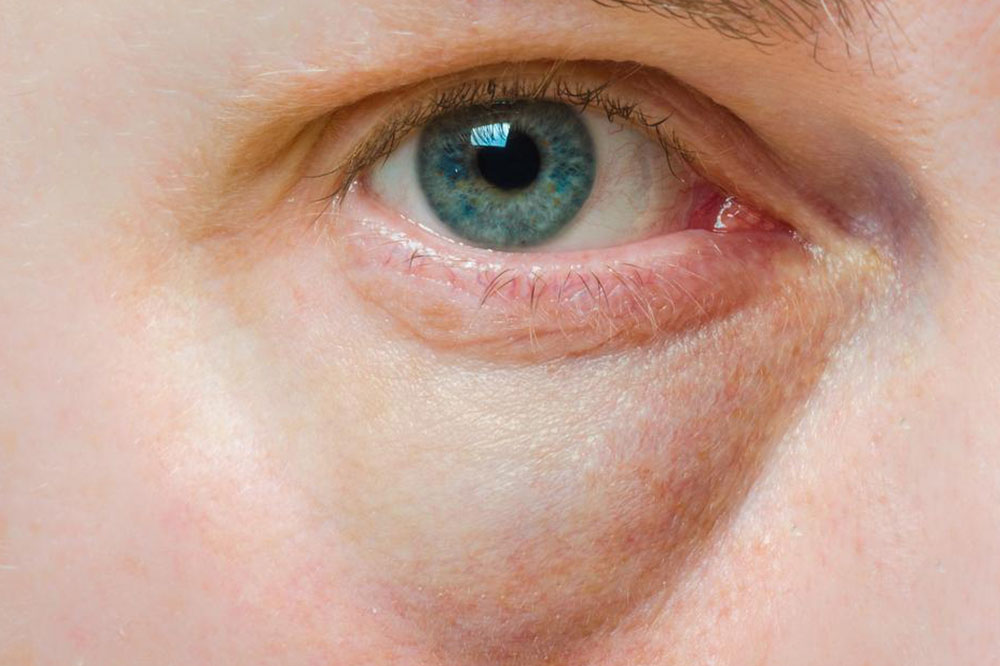Effective Approaches to Managing Fuchs Endothelial Corneal Dystrophy
This article discusses comprehensive management of Fuchs Endothelial Dystrophy, including early detection, symptom relief strategies, and advanced surgical options. It highlights current treatments, future research directions, and the importance of professional care to preserve vision effectively.

Effective Approaches to Managing Fuchs Endothelial Corneal Dystrophy
Fuchs Endothelial Dystrophy (FECD) is a progressive eye condition that affects the corneal layer, often causing vision loss. It results from the deterioration of endothelial cells responsible for maintaining corneal clarity by regulating fluid. As the disease advances, it leads to swelling, transparency loss, and visual impairment. This article explores current treatment strategies, covering both conservative management and surgical options to help preserve vision and improve quality of life.
Understanding Fuchs Dystrophy
Predominantly affecting people over 50, FECD begins with endothelial cell decline and can progress to corneal swelling and vision deterioration.
Common symptoms include:
Blurry or cloudy vision upon waking
Glare and halos around bright lights
Eye irritation or discomfort
Sensitivity to light
Early detection and prompt intervention are key to slowing disease progression and protecting vision.Non-Surgical Management Methods
While there is no cure for FECD, various treatments can alleviate symptoms and improve comfort.
1. Lubricating Eye Drops
Over-the-counter artificial tears help keep the eyes moist, relieving dryness and minor discomfort. They do not address the root cause but offer temporary symptom relief.
2. Hypertonic Saline Eye Solutions
Eye drops or ointments containing hypertonic saline remove excess corneal water, reducing swelling and enhancing visual clarity. Usually applied in the morning when swelling is at its peak.
3. Warm Air Technique
Blowing cool, warm air from a hairdryer at arm’s length onto closed eyelids can help decrease corneal swelling, improving vision during the day.
Surgical Options
When symptoms worsen, surgical procedures may be required. Available options include:
1. Endothelial Keratoplasty
This procedure involves replacing diseased endothelial cells with healthy donor tissue. Types include:
DSEK: Transplants Descemet’s membrane and endothelium
DMEK: Transplants only the Descemet membrane and endothelial cells, offering faster recovery and clearer vision
2. Full-Thickness Corneal Transplant
Penetrating keratoplasty replaces the entire cornea with donor tissue. It entails longer recovery times and higher complication risks but may be necessary in severe cases involving scarring.
Post-Surgery Care and Graft Rejection Prevention
Postoperative care involves immunosuppressants and regular follow-ups to monitor for signs of rejection, such as redness, pain, light sensitivity, or vision deterioration. Early detection and management are crucial for graft survival.
Advancements and Future Research
Innovative treatments focus on:
Refined surgical procedures like femtosecond laser-assisted techniques
Medicines aimed at supporting endothelial cell health
Genetic and cellular therapies to repair or replace damaged cells
Although managing FECD can be challenging, ongoing research aims to develop better therapies. Early diagnosis, personalized treatments, and scientific advancements are essential for effective management. Consulting eye specialists ensures suitable interventions to maintain clear vision and overall eye health.


